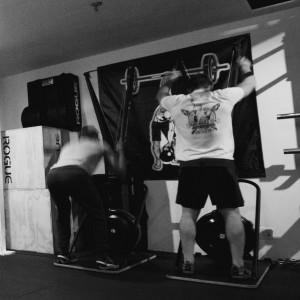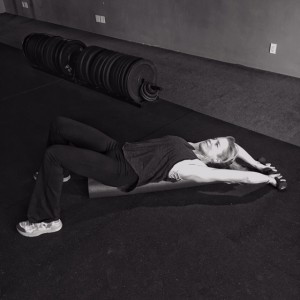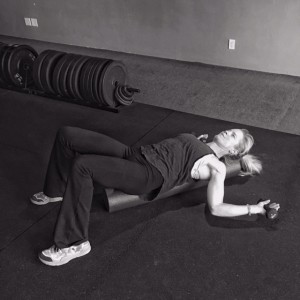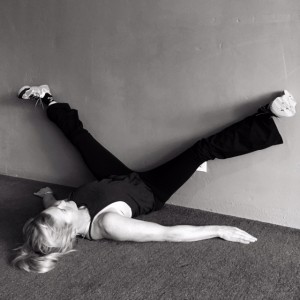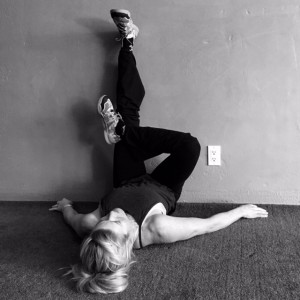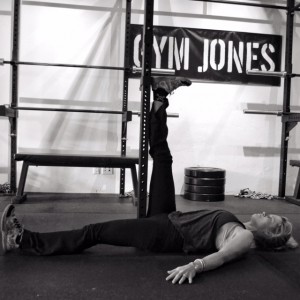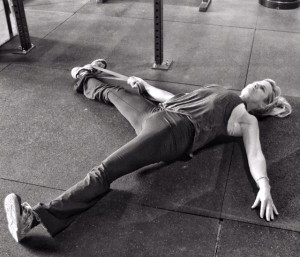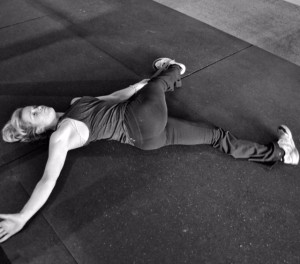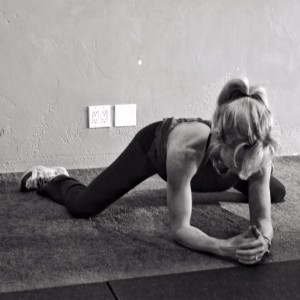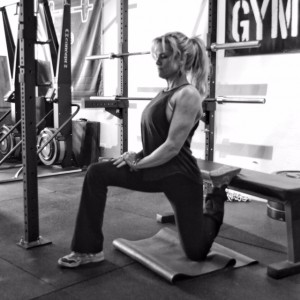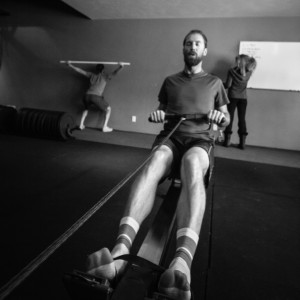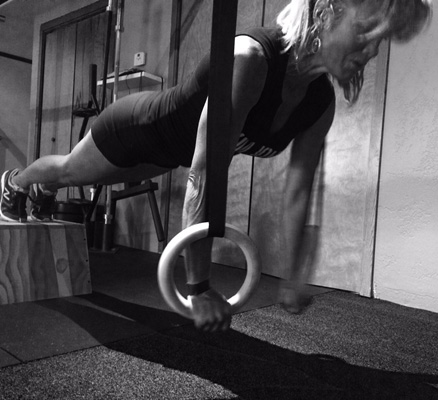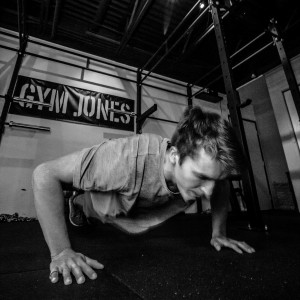Aligning the Modern Athlete
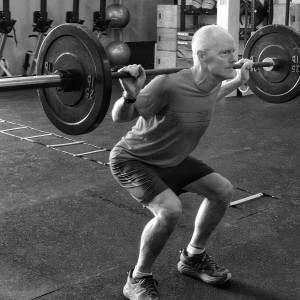 RIPPLE EFFECT ATHLETES
RIPPLE EFFECT ATHLETES
This is the first of what I hope as a personal trainer to be a series of informative posts to help further your education and health, in your life of athleticism.
I speak about these issues often in the gym, however with our busy lives pieces are forgotten. Give this a moment and read, then reread later.
Images of Mobility Movements are posted here: Mobility Work
Aligning the Modern Athlete
An often overlooked and under supported aspect of athletic training is mobility and structural alignment. Proper musculo-skeletal alignment is key to functional movement, injury prevention, strength training, and overall performance in any sport.
There are few sports and activities in which the practice of proper warm up and more importantly mobility exercises are stressed. Many of the athletes I have had the pleasure to work with have needed to focus on alignment and mobility to return their bodies to a state of balance and functional range of motion not only to fix and avoid injury, but also to increase output and performance, and decrease existing pain.
Why is this?
There are many reasons:
Reason #1
It’s partially due to the sports we choose to participate in. I call it the “Too Much Of A Good Thing” syndrome. We love our sports, they help our minds, and feed our souls through life. The majority of the athletes we work with are what I refer to as “mountain” athletes or “strength to weight ratio” athletes; climbers, cyclists, runners, skiers, ultra-endurance athletes, hikers, boaters, triathletes, adventure racers. These sports (aside from climbing, but the results are the same), are very linear, they tend to tighten our hips, stoop our posture, create tension in muscles due to repetitive movements, and create many structural imbalances. Left uncorrected, these issues will lead to injury and likely pain.
Reason #2
Most of us, in our “modern” culture, were likely educated in a public school format, sitting at desks for at least 6 hours a day starting in early childhood. And that was when I was a child. Now, add in TV, computers, “screen time” of any sort, reduction of unstructured playtime, limited recess time, decreased physical education in school programs, commuting in cars or on a bus to and from school, sitting down to complete homework, the list goes on…Of the 16 hours children are awake, they may sit for up to 10 – 12 of those hours. The same is true for most adults who drive to and from an office where they sit or stand (which is only a small percentage better) for most of the day.
If you don’t know by now, you should: Sitting is horrible for us.
http://www.mayoclinic.org/healthy-lifestyle/adult-health/expert-answers/sitting/faq-20058005
https://www.washingtonpost.com/apps/g/page/national/the-health-hazards-of-sitting/750/
http://www.popsci.com/science/article/2013-02/many-reasons-chair-killing-you
Reason #3
Let’s say we didn’t sit as a child much and/or we think we’re fairly active as adults. Most of my athletes and most of the adult population of the U.S. are not professional athletes who have coaches, trainers, massages therapists, and chiropractors on call to keep them balanced. No, most adult american’s commute to work sitting, drive a desk, and have careers that are more sedentary than not. Yes, many prioritize an exercise class, getting out on a run or a short bike ride after work, and hit it hard on the weekend. However, if you ask any of those athletes how much time they spend working on posture and mobility, you’ll likely get a sheepish look or a response something close to this: “Well I should go to yoga…” As a go-go-go culture, we over look the critical need for mobility until we are suffering from pain that immobilizes our life.
I get it: we’re all busy. However, the number one cause of back pain, neck pain, injury to shoulders, and hip pain is loss of mobility, which creates range of motion issues, muscle imbalance, and joint stress.
How to fix this?
The foundation of the training we focus on at Ripple Effect is to begin every training session with a 10 minute easy-to-moderate aerobic warm up, the goal being to raise our body temperature, get the heart pumping and blood circulating. Then, we spend 10 to 15 minutes focusing on movements designed to create greater mobility, including overhead range of motion, chest opening, sternal lift, hip opening, and proper squat alignment. The benefit of taking the time to execute these movements in a mindful way will not only allow the athlete to make 10x the functional gain from the workout, it also creates a neuro-muscular stimulus to turn on under-performing muscle groups (and to “chill out” over-active muscle groups), and will increase the athlete’s mobility over time. By enabling the athlete to execute movements with increased precision and alignment, we strengthen the athlete in the most balanced way possible, and decrease the likelihood of injury. Quality over quantity, smarter not harder training creates the results.
We cannot stress enough that our athletes take time to not only work on mobility in the gym, but also design a practice of taking 10 to 15 minutes a day (at first) or more, to work on the mobility movements they’ve learned at the Ripple Effect – especially to target “issue areas”. No weights are necessary, and limited space and/or equipment is required. If we can incorporate the movements in our day, every day, in tiny bits and pieces, they will make a huge difference. The benefits of mindful mobility work far outweigh those of mindless stretching, or adding more weight and/or reps to a current home workout (although if you currently stretch an hour once each week, don’t stop!).
Below is a list of movements we have taught our athletes at Ripple Effect. I’m beginning a series of educational, and hopefully motivational, emails for you; my goal being to support your continued progress in your lives as active, strong, mindful, and don’t forget aging athletes. The gym is only 1 to 4 hours, maximum, of your week, in which you are awake an average of 112 hours. Here is your educational reminder to move your body more often and more mindfully every day.
Forward Always,
Carolyn Parker Personal Trainer
Mobility Work – click link for images.
Start with:
Overhead reach – focused work on maintaining stable neutral spine during stretch, on floor, foam roller or bench
Chest opener – focused work on maintaining stable neutral spine during stretch, on floor, foam roller or bench
Then:
L, V, 4 stretches at wall – maintain neutral lumbar spine, do not mash low back into floor
Single leg hamstring work use squat rack or door jam – maintain neutral lumbar spine, do not mash low back into floor
Then:
Hip opening with band lying on back
Lying on back hip twist with band
Then:
Hip flexor mobility – support back leg, bench or chair
Then:
Frog stretch
Finally:
Calf stretch – on a step
Then: (if time)
Shoulder openers
Cuban press
Wall squat
